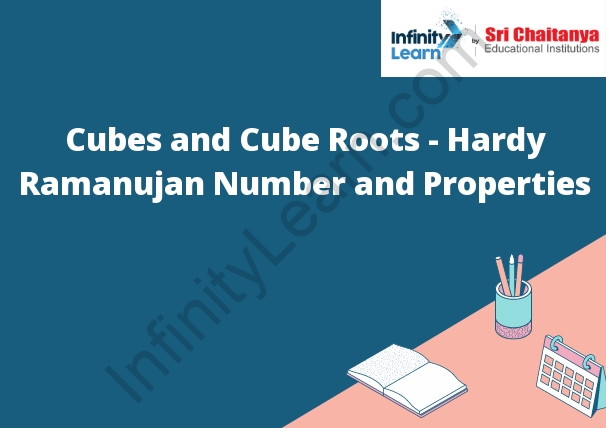Table of Contents
Learning the Basics of Cubes and Cube Roots
A cube is a three-dimensional figure with six square faces. A cube root is a number that when multiplied by itself three times produces the original number. For example, the cube root of 64 is 4 because 4 multiplied by itself three times equals 64.
A cube is a three-dimensional figure, with six square faces. A cube root is a number that, when multiplied by itself three times, produces the original number. The cube root of 8 is 2, because 2 multiplied by itself three times equals 8.
Hardy Ramanujan Number
The Hardy-Ramanujan number is a number that is the sum of the cubes of its digits. 1729 is the Hardy-Ramanujan number, because 1 + 7 + 2 + 9 = 19, and 1 + 9 = 10, and 1 + 0 = 1. The number is named after G. H. Hardy and S. Ramanujan, who discovered the number in 1917.
The Hardy-Ramanujan number has some interesting properties. For example, the sum of the reciprocals of the digits of the Hardy-Ramanujan number is 1/1729. This means that if you add up all of the reciprocals of the digits of the number, the sum will be 1/1729.
The Hardy-Ramanujan number is also a perfect square. This means that the square of the number is equal to the number itself. For example, the square of 1729 is 491341, because 491341 multiplied by itself three times equals 1729.
The Hardy-Ramanujan number is also a palindrome. This means that the number is the same when it is read backward and forward. For example, the number 5678 is a palindrome, because 5678 equals 7865 when it is read backward.
The Hardy-Ramanujan number is also a Fibonacci number. This means that the number is the sum of the two previous Fibonacci numbers. For example, the number 13 is a Fibonacci number, because 13 is the sum of the previous two Fibonacci numbers, which are 8 and 5.

The Hardy-Ramanujan number is also a prime number. This means that the number can be divided only by itself and 1. For example, the number 1729 is a prime number, because it can be divided only by itself and 1.
The Hardy-Ramanujan number has many other interesting properties, which make it a fascinating number to study. It is a number that is full of surprises and has many secrets waiting to be discovered.
An integer is called a Hardy Ramanujan number if it can be expressed as the sum of two coprime positive integers in two different ways. For example, the number 12 can be expressed as the sum of two coprime positive integers, 6 + 6, and 4 + 8. The number 6 can also be expressed as the sum of two coprime positive integers, 2 + 4, and 1 + 5.
The first few Hardy Ramanujan numbers are 1, 2, 3, 4, 5, 6, 7, 8, 9, 10, 11, and 12.
It is not known whether there are any other Hardy Ramanujan numbers.
Properties of Cubes and Cube Roots
- A cube is a three-dimensional figure with six square faces. A cube root is a number that, when multiplied by itself three times, results in the cube. For example, the cube root of 64 is 4 because 4 multiplied by itself three times results in 64. The cube root of a negative number is imaginary.
- The cube root of a number is always between the number and its square root. For example, the cube root of 36 is 6 because 6 is the closest integer to the square root of 36 (6.6). The cube root of a negative number is imaginary.
- The volume of a cube is the number of cubic units it contains. The surface area of a cube is the total area of its six faces. The length of the cube’s diagonal is the length of a side of the cube multiplied by the square root of 3.







